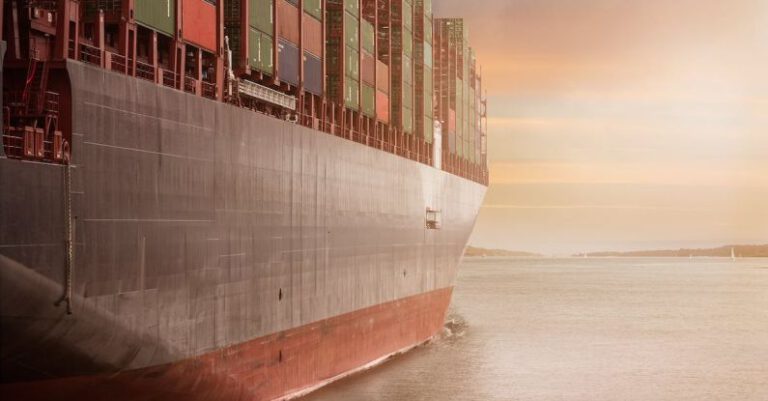How Are Businesses Responding to Global Labor Shortages?
As the global economy continues to rebound from the impacts of the COVID-19 pandemic, businesses across various industries are facing a new challenge: labor shortages. The shortage of skilled workers is being felt worldwide, with many companies struggling to find and retain qualified employees. In this article, we will explore how businesses are responding to these labor shortages and the strategies they are implementing to overcome this pressing issue.
Current Labor Shortages Landscape
In recent months, labor shortages have become a significant concern for businesses in sectors such as hospitality, manufacturing, healthcare, and technology. The reasons behind this shortage are multifaceted, ranging from the pandemic-induced disruptions to changing workforce demographics. With many workers retiring or leaving the workforce due to health concerns or shifting priorities, businesses are finding it increasingly challenging to fill essential positions.
Flexible Work Arrangements
One of the key strategies that businesses are adopting to address labor shortages is offering flexible work arrangements. In response to the changing preferences of the workforce, many companies are now allowing employees to work remotely or adopt flexible schedules. This approach not only helps attract a broader pool of talent but also improves employee satisfaction and retention rates.
Upskilling and Training Programs
To combat the shortage of skilled workers, businesses are investing in upskilling and training programs to develop the talent they need internally. By providing employees with opportunities to learn new skills and advance their careers, companies can fill critical roles from within and reduce their reliance on external hires. Upskilling programs also help increase employee engagement and loyalty, leading to a more motivated and productive workforce.
Automation and Technology Integration
Another response to labor shortages is the increased adoption of automation and technology in the workplace. By leveraging robotics, artificial intelligence, and other advanced technologies, businesses can streamline operations, reduce the need for manual labor, and improve efficiency. Automation not only helps mitigate the impact of labor shortages but also enhances overall productivity and competitiveness in the market.
Enhanced Recruitment and Retention Efforts
In the competitive labor market, businesses are ramping up their recruitment and retention efforts to attract and retain top talent. This includes offering competitive salaries and benefits, creating a positive work culture, and providing opportunities for career advancement. By prioritizing employee well-being and professional growth, companies can differentiate themselves as employers of choice and secure the workforce they need to thrive.
Collaboration with Educational Institutions
To address the skills gap and ensure a pipeline of qualified candidates, businesses are collaborating with educational institutions to develop tailored training programs and curricula. By partnering with universities, colleges, and vocational schools, companies can shape the skills and competencies of future graduates to meet the demands of the labor market. These partnerships not only benefit businesses in the short term but also contribute to the long-term sustainability of the workforce.
Adapting to the Changing Landscape
In conclusion, businesses are adapting to the challenges of global labor shortages by implementing a range of strategies aimed at attracting, retaining, and developing talent. From offering flexible work arrangements to investing in upskilling programs and leveraging technology, companies are taking proactive steps to address the evolving needs of the workforce. By embracing innovation and collaboration, businesses can navigate the current labor market dynamics and position themselves for long-term success in a competitive environment.







